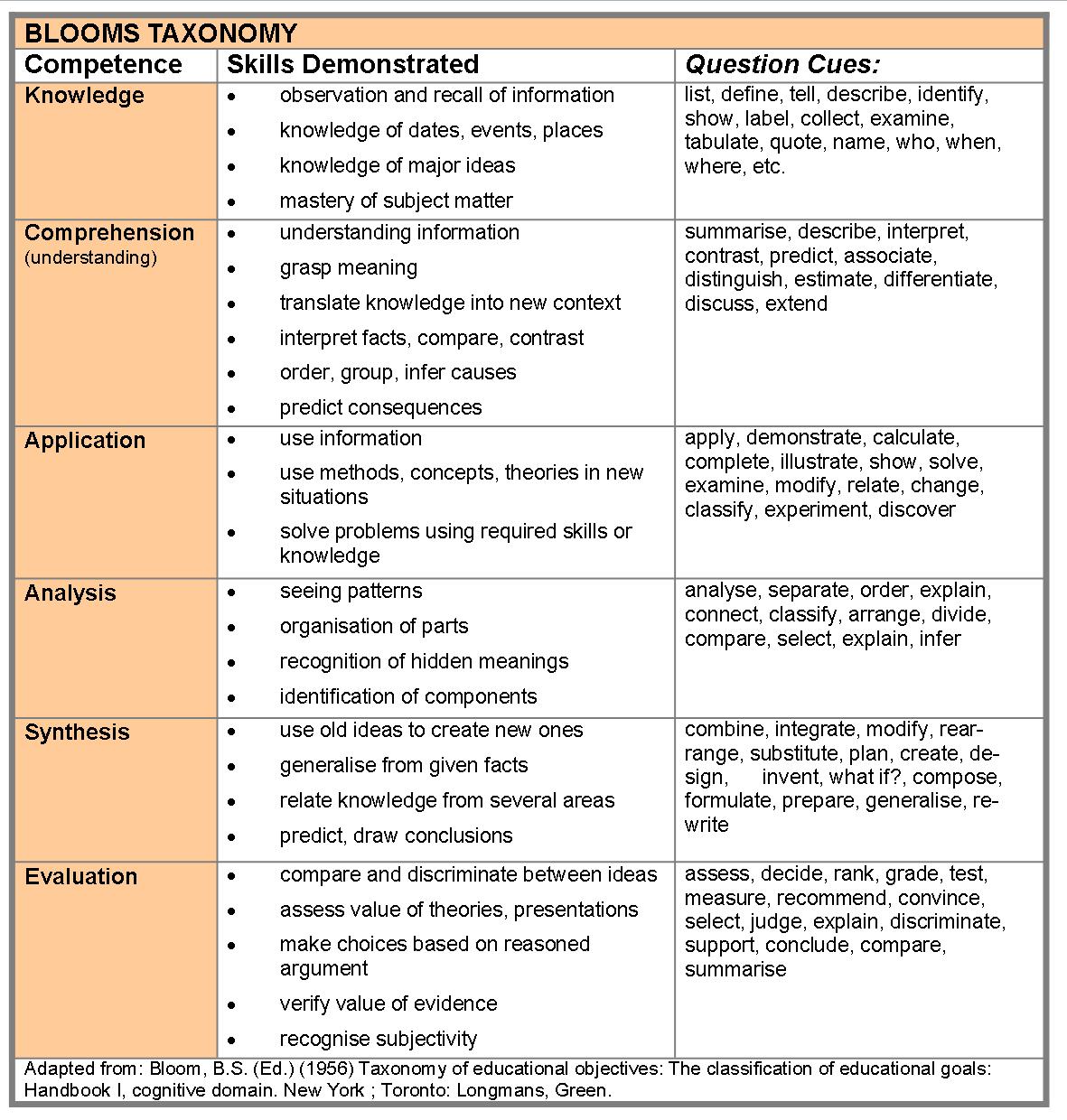 This article is written by Gary King, Assistant Principal at Tavistock College. It was originally posted on his own blog.
This article is written by Gary King, Assistant Principal at Tavistock College. It was originally posted on his own blog.
Questioning is a fundamental element of pedagogy, one you could read endlessly around, but the reality is using questioning to challenge and engage all learners is demanding and potentially problematic to get right. Recently I’ve been working with a team of teachers, shaping our CPD model in preparation for the new academic year.
Engaging in dialogue around teaching and learning with colleagues is always a pleasure and extremely informative, and one aspect continually crops up; deep, challenging and engaging questioning. Firstly, I think it’s crucial to outline what we are trying to achieve when we think about the purpose of questioning, for me it includes the following:
- Allowing students to develop a fuller understanding of a concept because they have tried to explain it themselves
- To easily recall existing knowledge
- To be able to link the ideas in the lesson with existing knowledge
- To tackle problems at a deep level and be able to extend their thinking
- To engage easily with a task because they are clear about what is expected
- To develop independence in the way they learn and think.

Making the assumption that we are all familiar with Blooms Taxonomy – a cognitive approach to classify forms and levels of learning – research has shown that as teachers we tend to ask questions in the “knowledge” category 80% to 90% of the time. These questions are not bad, but using them all the time has the potential to be.
So, to try and utilise a higher order level of questioning that requires much more ‘brain power’ and encourages more extensive and elaborate answers, we need to develop innovate approaches in our day-to-day practice. In the table below are the six question categories as defined by Bloom. Nevertheless, having the theory is one thing, but being able to effectively teach critical thinking skills using blooms taxonomy to underpin effective, active engagement for all learners is another.
 So I ask the question; how do we plan for deep questioning that will challenge all learners? Recently we’ve developed some simple yet effective quick wins on this front. Although planning for questioning is vital, so too is managing and challenging misconceptions as they arise in learning, which often requires us to deviate from the plan, and rightly so.
So I ask the question; how do we plan for deep questioning that will challenge all learners? Recently we’ve developed some simple yet effective quick wins on this front. Although planning for questioning is vital, so too is managing and challenging misconceptions as they arise in learning, which often requires us to deviate from the plan, and rightly so.
Active engagement
 We value cooperative approaches to learning and therefore seek imaginative ways to actively engage all students in their learning, and making Blooms interactive has been one effective strategy allowing us to accomplish this.
We value cooperative approaches to learning and therefore seek imaginative ways to actively engage all students in their learning, and making Blooms interactive has been one effective strategy allowing us to accomplish this.
Essentially, we have focused on how the theory can be applied in an instant and when/where necessary – ultimately never losing sight of the sole intention of challenging all students to move their learning forward. Through interpretation and classroom based action research, the ‘questioning key ring’ has been developed, offering a simple aide-memoir for the teacher and students alike.
Expanding upon this further, the strategy is now linked explicitly to think dice to help promote students’ active engagement in their learning. This adds a fun dimension whilst enabling students to lead effective questioning of their peers.
 This can be and has been applied to all subjects from Key Stage 3 through to Key Stage 5. I’m not advocating that this is and should be the only pedagogical strategy in your toolbox but it has developed into one highly effective way to engage students in their learning, whilst stimulating deep thinking from effective questioning.
This can be and has been applied to all subjects from Key Stage 3 through to Key Stage 5. I’m not advocating that this is and should be the only pedagogical strategy in your toolbox but it has developed into one highly effective way to engage students in their learning, whilst stimulating deep thinking from effective questioning.
Since I posted these pictures on Twitter, I’ve had a lot of requests for the resource and questions regarding the thinking dice. Below is the word document that supports this and is the template for the printed key ring, simply click on the link below it to download. The dice were purchased from thinkingdice.com.
Click here to download this editable file as a word document.
Good luck with your questioning!
Like this post? Let us know on Twitter.
Tavistock College is part of the SSAT network. Find out more about membership here.
All images used in this article are Gary King’s.
